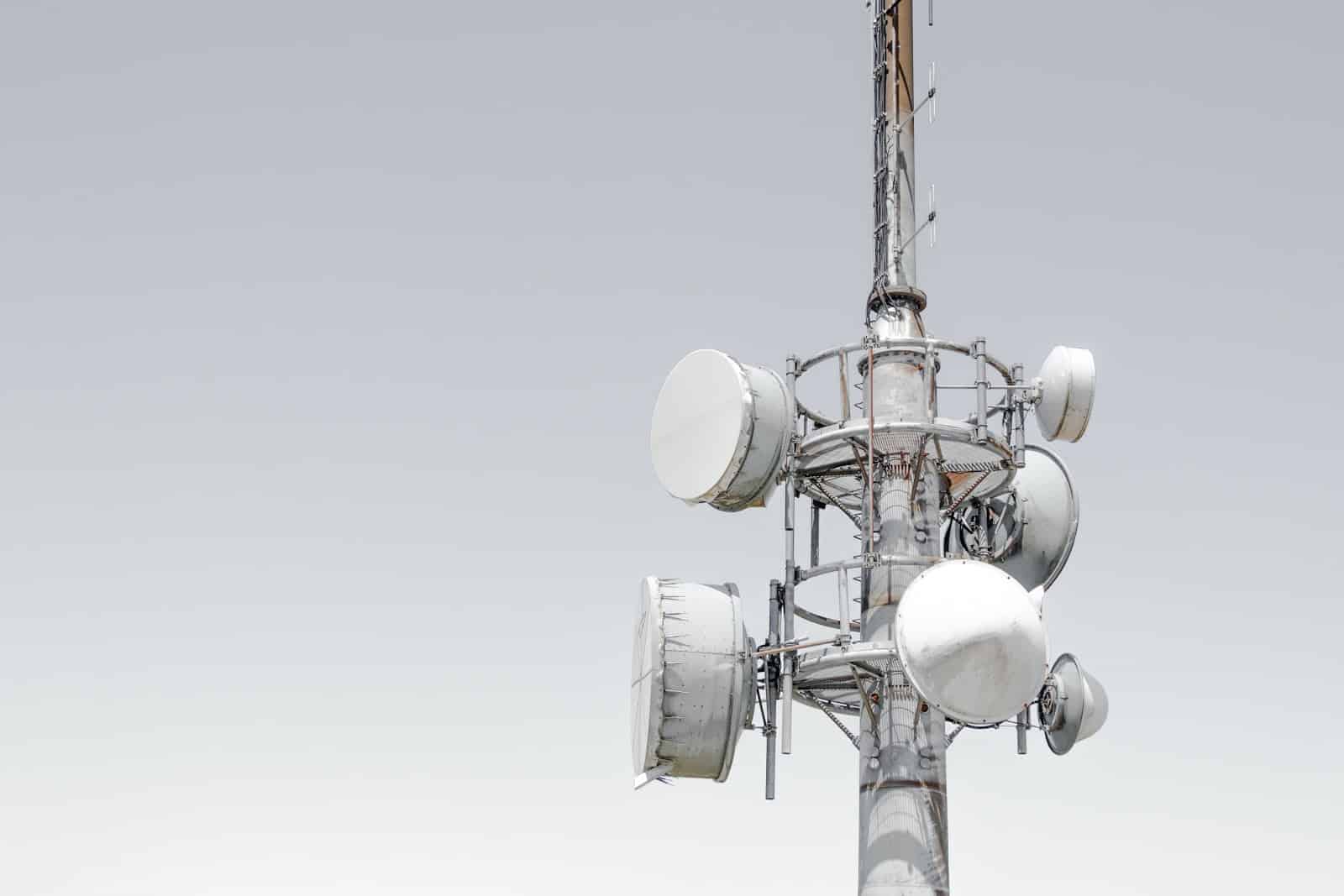If you've ever wandered through a town, you may have seen tiny cell towers for 5G placed on poles for street lighting. They appear like tiny boxes however, they're actually transmitting wireless signals from cell phone providers to your mobile.
The smaller ones are being replaced by larger specially-designed cell towers. While they're not as noticeable, they still can cause issues for users.
It is the FCC's Radiation Exposure Thresholds
The FCC's Radiation Exposure Thresholds establish the safe limit at which one can expose to electromagnetic energy from wireless devices. The limits for exposure are based upon scientific research that prove that electromagnetic energy could be harmful to health.
The absorption rate specific (SAR) is a measure of the radiofrequency energy that is absorption by tissues. It's typically 1.6 watts per kilogram, spread over a kilogram of tissue.
However, because 5g transmits at higher frequencies and has the potential to create more energy on the skin and other directly-exposed body areas. This can lead to various possible harms, like the formation of skin disorders such as dermatitis, cataracts and skin cancer.
Due to the potential for negative effects of 5G radiation, PSU has chosen to establish a general, localized limits on power density, which is 4mW/cm2 measured across 1 centimeter, but not exceeding 30 minutes for all 5G services at 3000 GHz. This localized limit is in accordance with the peak spatial-average SAR of 1.6 W/kg, which is averaged over 1 g of tissue at 6 GHz.
The FCC's Maximum Exposure Thresholds for Maximum Exposure
If you've ever used a mobile phone, you probably know that the safest location from the tower is around 400 meters. This is because the power of the transmission of a cell tower increases dramatically the farther the tower is.
While it sounds like an ideal idea however, people living in close proximity to towers might be more prone to health problems. For instance, a 2014 study in India discovered that people living within 50 meters of cell towers had significant more health issues than those living further distance from them.
But, the study found that people who moved to areas further away from cell towers experienced their symptoms improve within a couple of days. Another study has revealed that exposure to high amounts of electromagnetic field radiofrequency (EMFs) can lead to brain tumors, cancer, and other health problems.
This is because RF radiation, which is used in wireless communication, can penetrate the body's outer layer of skin. This is important to understand because the skin acts as a shield against injuries caused by mechanical forces, infections from pathogenic microorganisms, as well as entry of toxic substances. It is also the biggest organ of the human body and is responsible for maintaining the integrity of other organs.
The FCC's Minimum Exposure Thresholds
The FCC's Minimum Exposure Thresholds rely on a variety of assumptions that aren't supported by evidence from science. These include the erroneous assumption that exposures of a short duration to RF radiation are safe because of the minimal penetration into the body (i.e., tissue heating).
The assumption also ignores the greater penetration of ELF elements of modulated radio signals and the consequences of brief bursts of heat generated by RF waves that are pulsed. These theories are not compatible with current understanding of the biological consequences of RF radiation. As https://www.tumblr.com/paulsendale64/715611074071773184/what-is-the-safest-distance-from-your-5g-cell , they should not be relied upon for health-protection exposure guidelines.
Furthermore to that, ICNIRP and FCC limit their exposure limits to local peak SARs, based on the maximum frequency of absorption (psSAR) that is not a sufficient dosimetric tool to assess the amount of exposure to RF radiation. In particular the psSAR tool is not accurate for frequencies that exceed 6 GHz. In what is a safe distance from a cell tower , psSAR is not been tested for RF radiation exposed to other agents of the environment such like sunlight. The interactions of RF radiations with different environmental agents could cause synergistic or antagonistic effects. This could result in an increased risk of adverse health adverse effects. For instance, exposure to RF radiation with sunlight may increase the risk of developing skin cancer, as well as aggravate other skin diseases such as acne.

